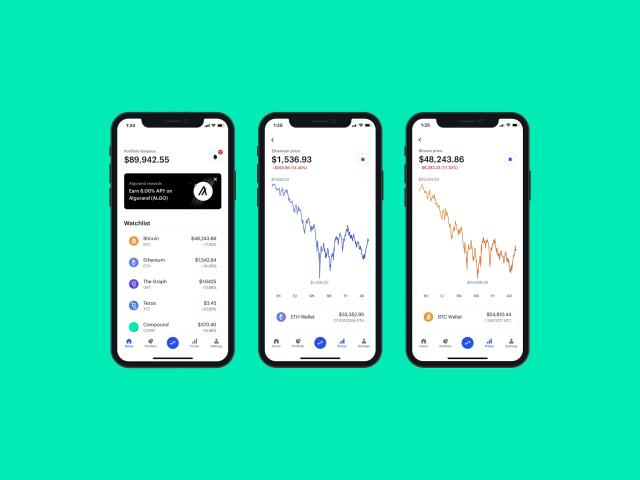
BEGINNER’S GUIDE
by: Towqeer gilkar

Understanding the Lightning Network and Its Impact on Bitcoin Transactions
Bitcoin, the first and most well-known cryptocurrency, has been lauded for its potential to revolutionize the financial industry. However, as Bitcoin gained popularity, it faced significant challenges, particularly with transaction scalability and speed. The Lightning Network emerged as a solution to these issues, promising to enhance Bitcoin's capacity to handle transactions more efficiently. This article delves into the Lightning Network, exploring how it works and its impact on Bitcoin transactions.
What is the Lightning Network?
The Lightning Network is a "layer 2" payment protocol layered on top of a blockchain-based cryptocurrency like Bitcoin. It is designed to enable fast and cost-effective transactions, solving the scalability issues that Bitcoin faces with its blockchain. This is achieved by allowing users to create payment channels between any two parties on that extra layer.
How Does It Work?
- Opening a Payment Channel: Two parties open a payment channel by creating a multisignature wallet, which is stored on the Bitcoin blockchain. Both parties deposit a certain amount of Bitcoin into this wallet.
- Making Transactions: Once the channel is open, these two parties can perform an unlimited number of transactions without touching the information stored on the blockchain. These transactions are instant and can be of extremely low value, hence the term "micropayments."
- Closing the Channel: When the parties have completed their transactions, they close the channel, and the resulting balance is registered on the blockchain. Only two transactions are added to the blockchain, one at the opening of the channel and one at the closure, regardless of how many transactions were made in between.
Impact on Bitcoin Transactions
Increased Transaction Speed
- Instant Payments: The Lightning Network allows for transactions that are settled instantly, a significant improvement over the time it can take for a transaction to be confirmed on the Bitcoin blockchain.
Lower Transaction Fees
- Micropayments: By handling transactions off-chain, the Lightning Network reduces the burden on the Bitcoin network, resulting in lower transaction fees.
Scalability
- Handling More Transactions: The Lightning Network can theoretically handle millions to billions of transactions per second, a substantial increase from the 7 transactions per second limit of the Bitcoin blockchain.
Broadening Bitcoin’s Use Cases
- Everyday Transactions: With faster and cheaper transactions, Bitcoin becomes more viable for everyday use, such as buying coffee or paying for streaming services.
Challenges and Limitations
Adoption
- The widespread adoption of the Lightning Network is crucial for it to significantly impact Bitcoin transactions. This requires user and merchant acceptance and understanding.
Technical Complexity
- The Lightning Network adds complexity to Bitcoin transactions, potentially making it more difficult for average users to understand and use.
Liquidity and Channel Funding
- Adequate funding of payment channels is required for the smooth operation of the network, which can be a challenge, especially for large-scale or numerous transactions.
The Future of the Lightning Network
The Lightning Network is still in its early stages, and ongoing development is required to address its current limitations and encourage widespread adoption. As the technology matures and more users and businesses adopt it, the Lightning Network has the potential to significantly enhance Bitcoin's utility as a digital currency for everyday transactions.
Conclusion
The Lightning Network represents a significant advancement in Bitcoin's evolution, addressing key issues of scalability, speed, and transaction costs. By enabling fast, efficient, and low-cost transactions, it opens up new possibilities for Bitcoin's use in everyday commerce. While challenges remain, particularly in terms of adoption and technical complexity, the Lightning Network is a crucial development in Bitcoin's journey towards becoming a more practical and widely-used currency.
Related Blogs
Our great way to help make people keep working for us is to invest in their overall job satisfaction by providing them with the perks and benefits they want most.




